Dynamic Engineering cPCIBPMC6U User manual
Other Dynamic Engineering PCI Card manuals
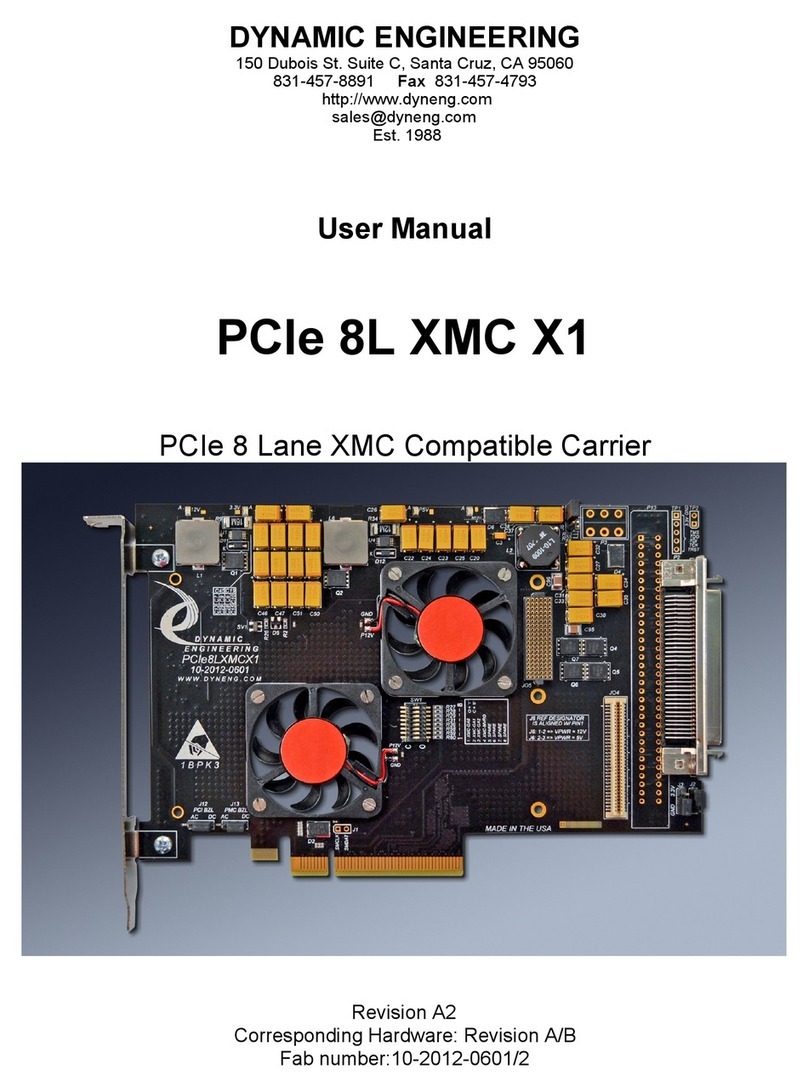
Dynamic Engineering
Dynamic Engineering PCIe 8L XMC X1 User manual
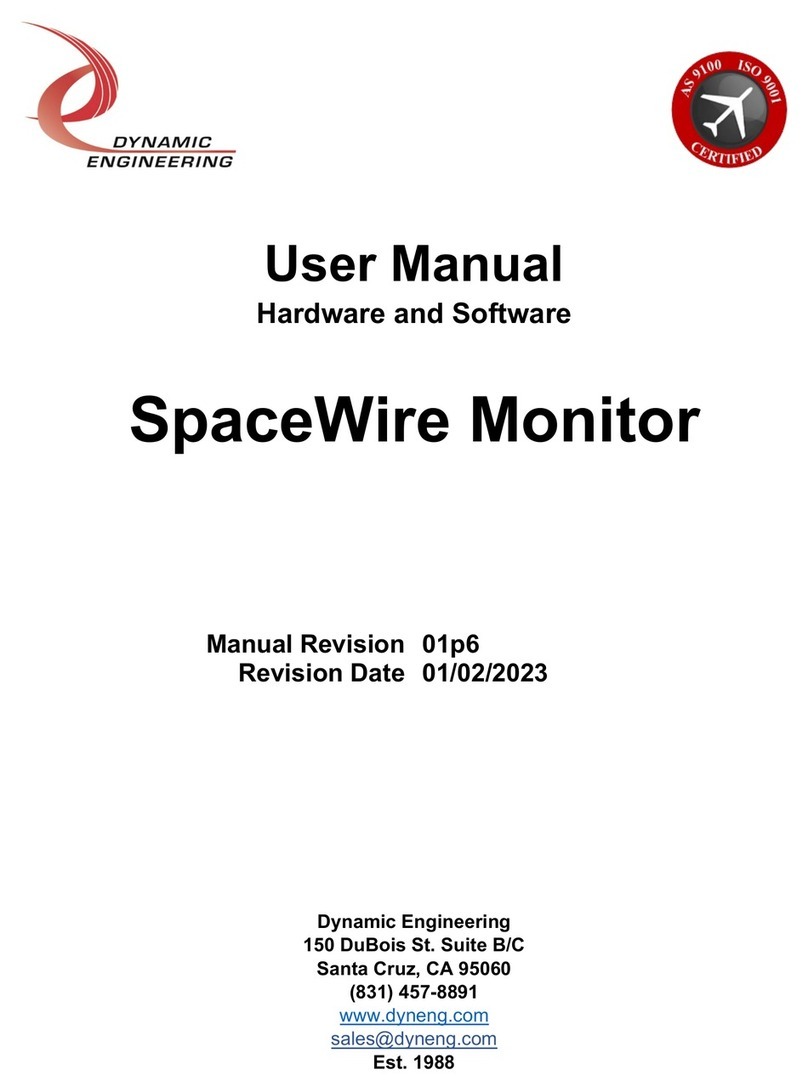
Dynamic Engineering
Dynamic Engineering PC104p-SpaceWire-Monitor User manual
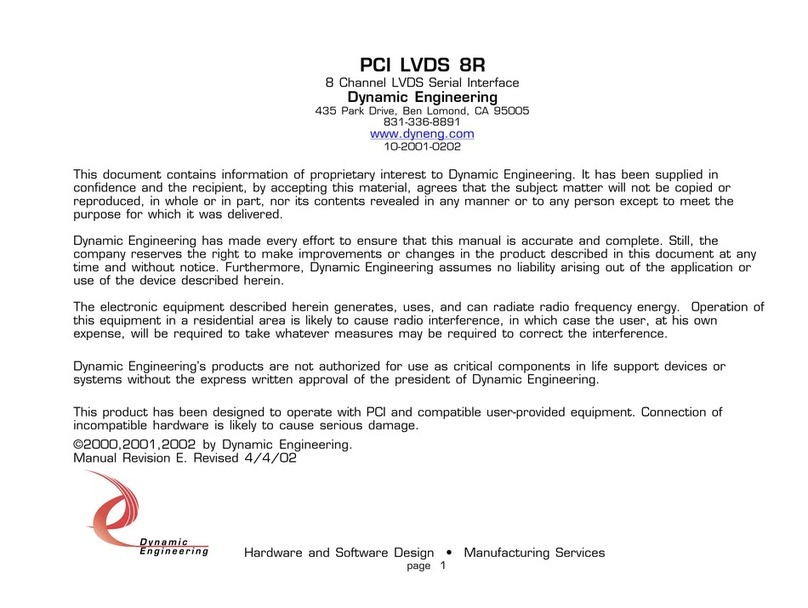
Dynamic Engineering
Dynamic Engineering LVDS 8R User manual
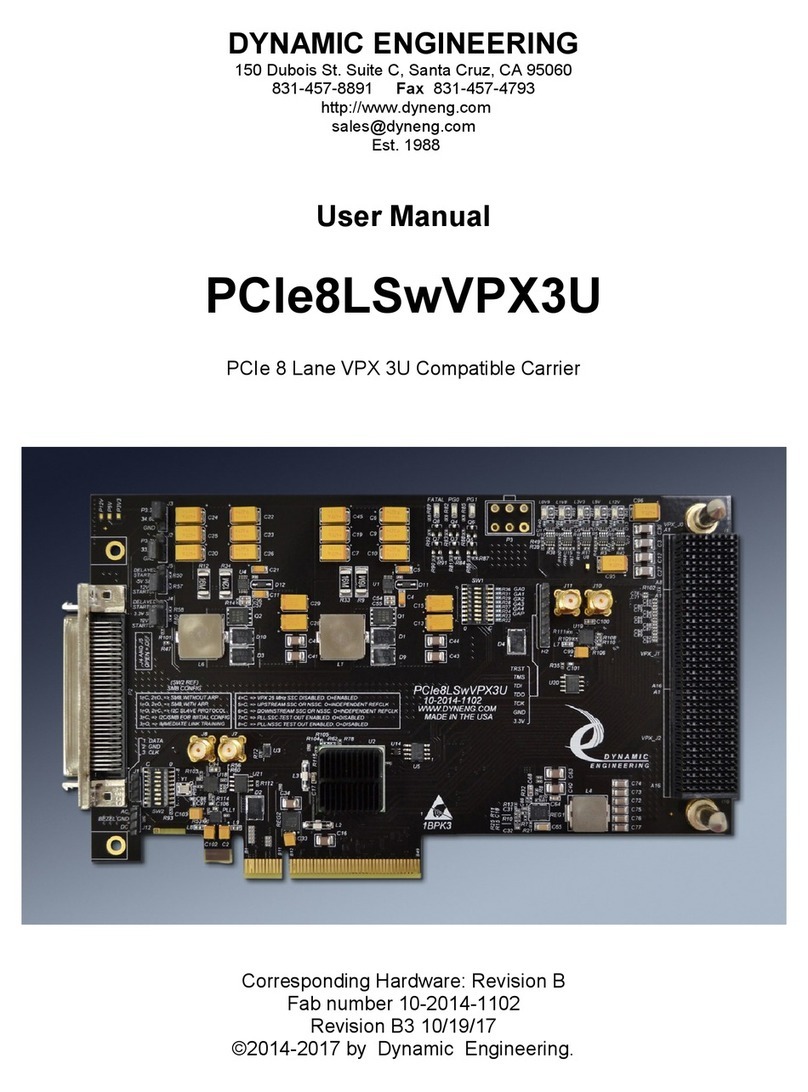
Dynamic Engineering
Dynamic Engineering PCIe8LSwVPX3U User manual
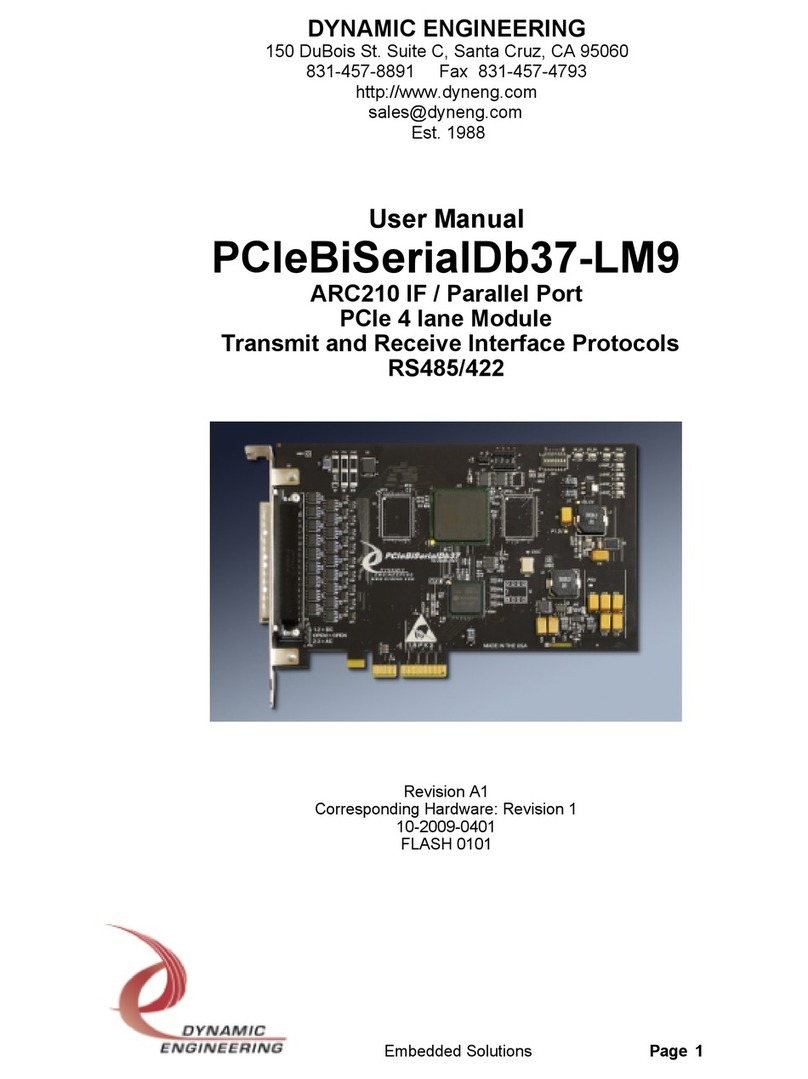
Dynamic Engineering
Dynamic Engineering PCIeBiSerialDb37-LM9 User manual
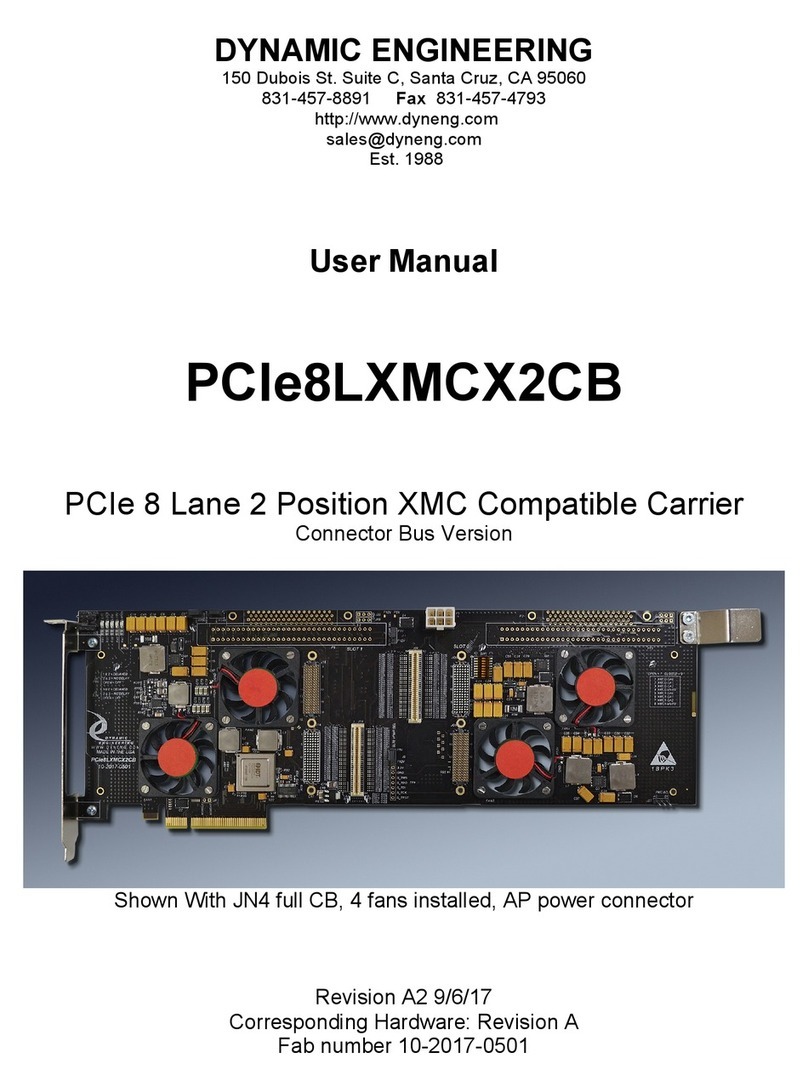
Dynamic Engineering
Dynamic Engineering PCIe8LXMCX2CB User manual
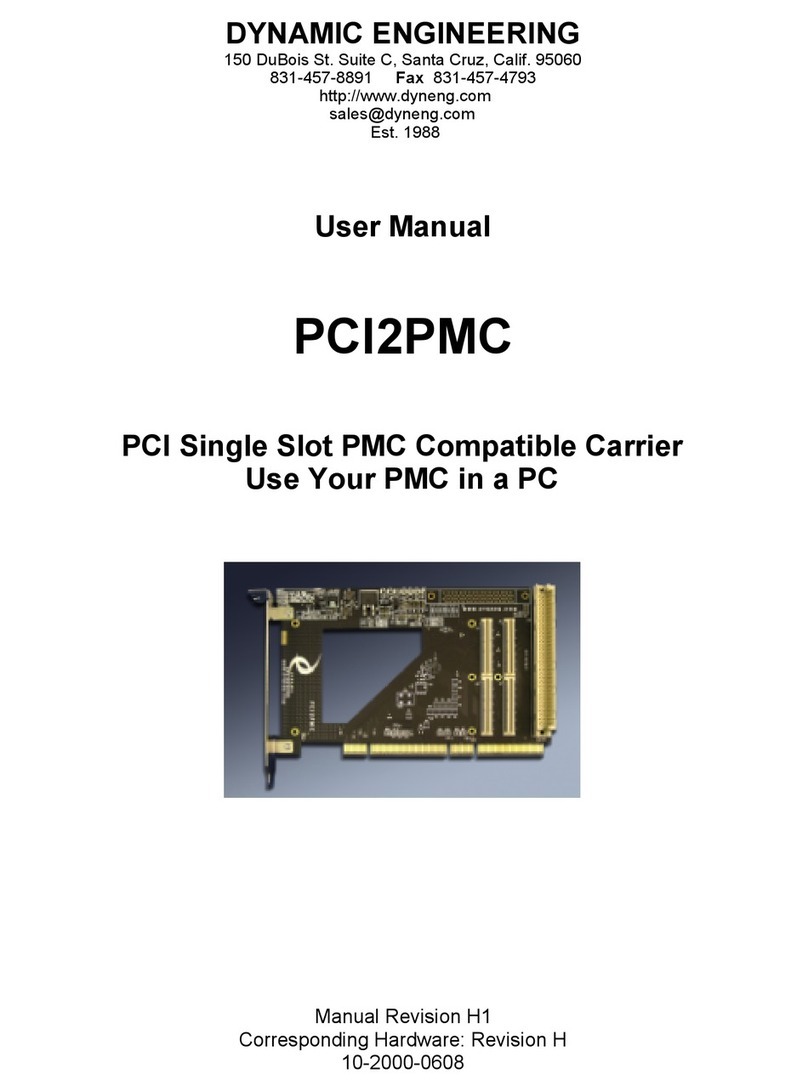
Dynamic Engineering
Dynamic Engineering PCI2PMC User manual
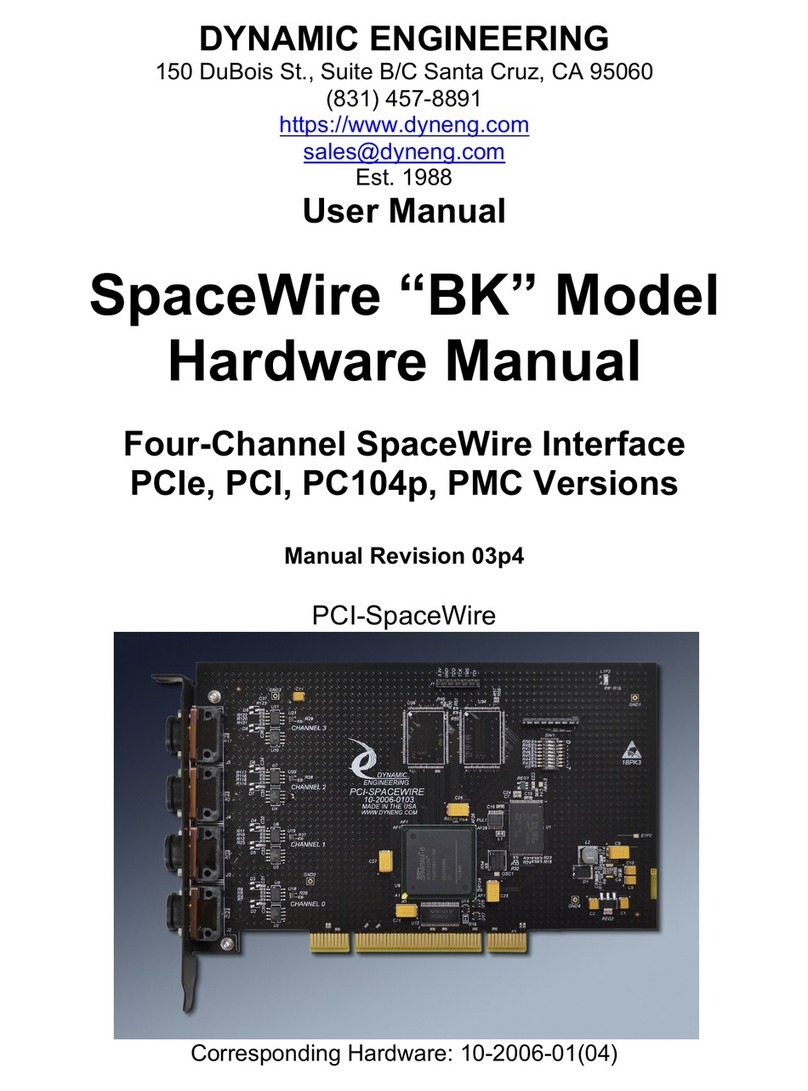
Dynamic Engineering
Dynamic Engineering SpaceWire BK User manual
Popular PCI Card manuals by other brands

ICP DAS USA
ICP DAS USA PCI-1002H user manual

Exsys
Exsys EX-60102 manual

Chelsio Communications
Chelsio Communications T5 Series Installation and user guide

Conrad Electronic
Conrad Electronic 97 46 71 operating instructions

Micro Innovations
Micro Innovations USB650A Quick installation guide

KTI Networks
KTI Networks KF-310 user guide





















